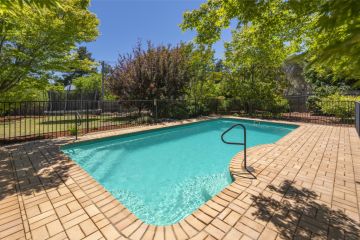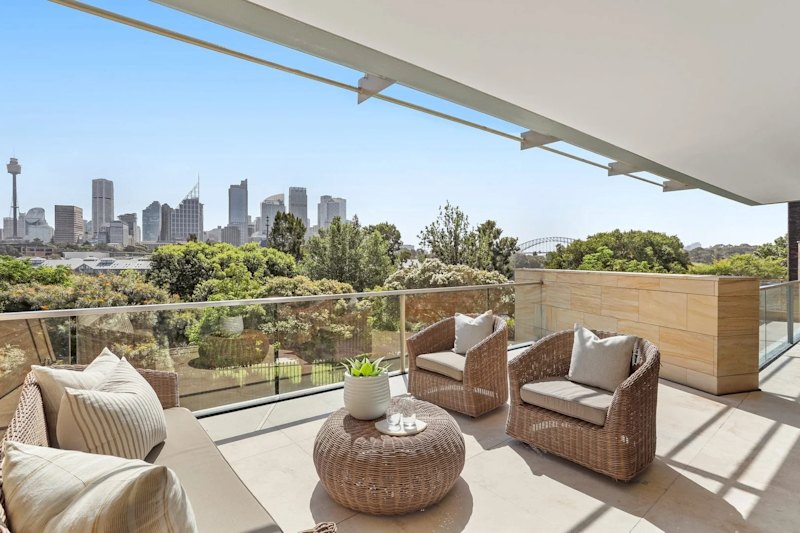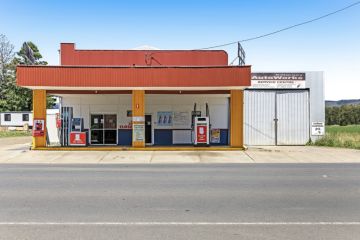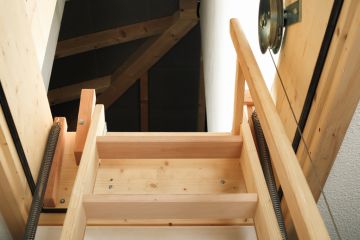Australia dominates list of finalists at the World Architectural Festival
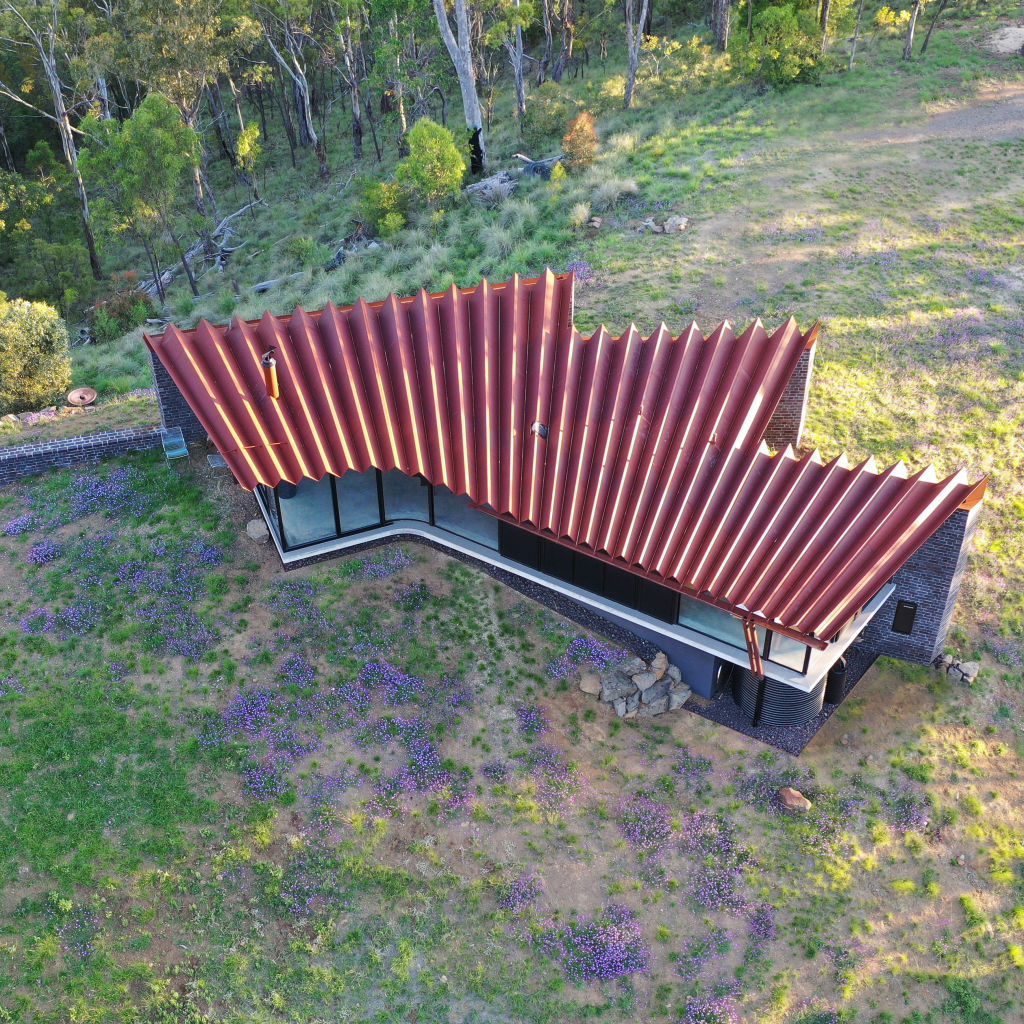
If Australia’s world dominance in designing individual houses isn’t proven by the numbers it has marshalled in the finalists’ lists of this year’s World Architectural Festival, then little else could make the case that we are setting the style agendas in home design.
In the recently released shortlists for one of the most exciting of annual international architecture competitions, and in a list of 14 contenders in the “house – completed” division, Australia is there with six quite exceptional buildings. The next best country in terms of representation is the US, with two.
In the “villa – completed” category, we show up with three entries of the 14 finalists. And two of those, coincidentally, are at St Andrews Beach at the back of Victoria’s Mornington Peninsula. Brazil is next best with two in the running.
With this quite remarkable and consistent statistical skewing being repeated for the third consecutive year, we could become blase. But not quite yet because we haven’t actually won either of the main prizes in these fields.
If Clinton Cole, of Sydney’s CplusC Architectural Workshop, gains the blue ribbon he so covets in Amsterdam in December with his third shortlisted entry in the house category since 2017, it will be due reward for talent and tenacious persistence.
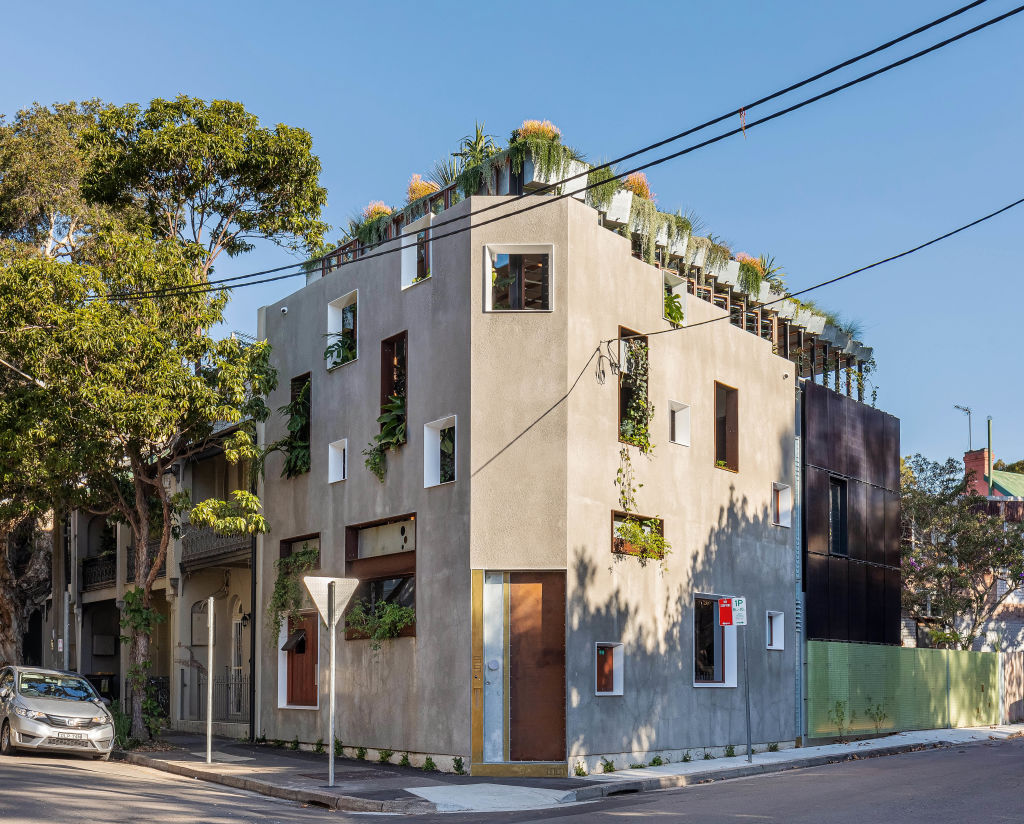
This year, Cole has entered his own extraordinary house. For the evident reason that it bristles with growing plants, he has called it Welcome to the Jungle House. Grafted into an existing corner Victorian building, the multi-functional residence shows off some of the architect’s pet themes, chief of which is its super sustainable liveability.
Two other Sydney contenders are Terroir Architects’ angular concrete Castle Cove House that moves dramatically in concert with its landscape, and Ian Moore Architect’s conversion of a big Redfern brick warehouse that retains its industrial character to the street, but inside has become a light, airy four-bedroom home.
Over on the Mandurah Marina on the coast south of Perth is the visually-arresting Cloud House that tested Neil Cownie’s skills because a four-generation family wanted a holiday home that could expand and contract according to the numbers in residence.
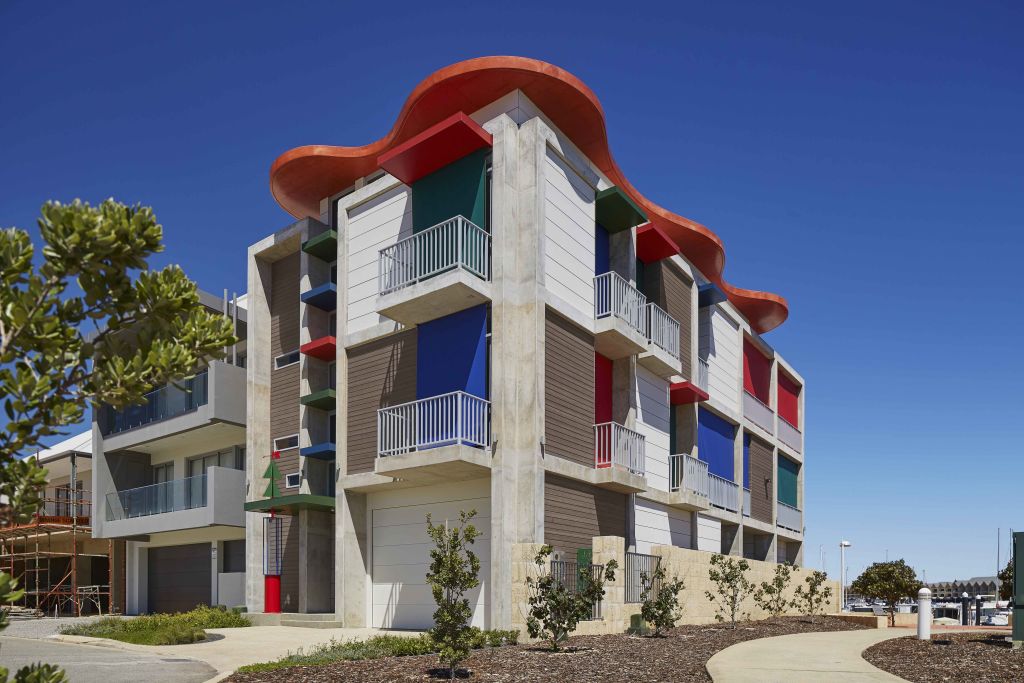
Taking his cues from traditional nautical signals, the colours of the exterior shades are boldly primary and the rooftop “clouds” are red “because they’re about the red/orange appearance of clouds in the setting WA sun”. Cownie acknowledges there is something “quite cartoon-like” about the building.
In Melbourne, Robert Simeoni’s elegant adaption of turning two brick dwellings into one house with a concertina window wall in the kitchen has already won two Victorian AIA awards for its intriguing and poetic moodiness.
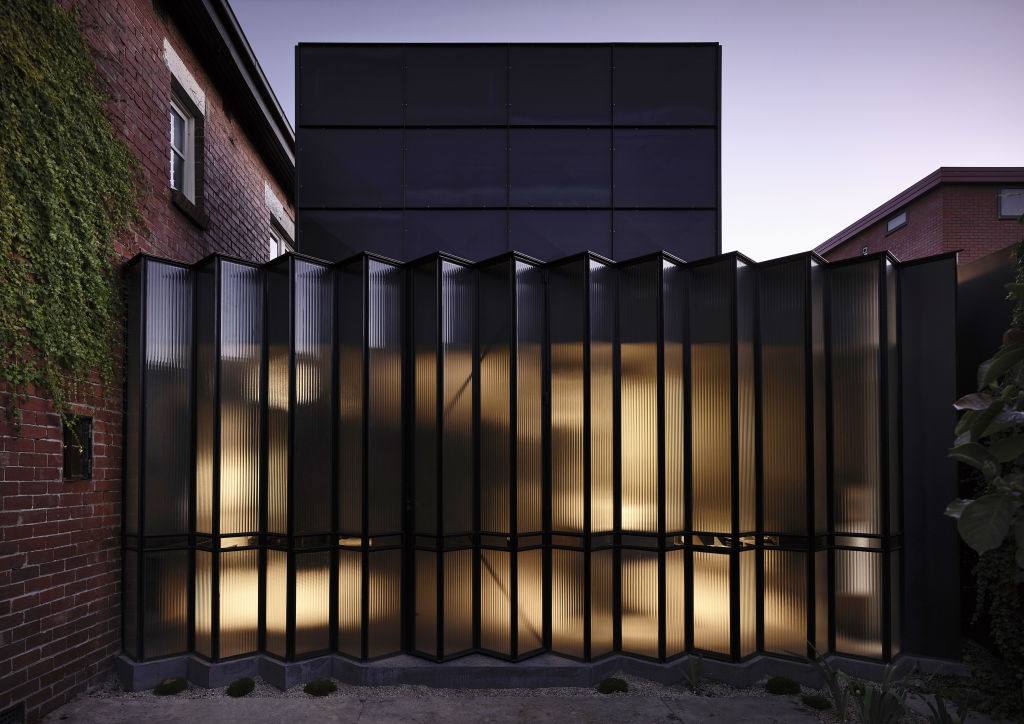
In Brisbane, and doing a marvellous job of fitting into an established “Queenslander” neighbourhood, the unfailingly original practice bureau Proberts has demonstrated with Minka Twins that two four-bedroom townhouses can be exquisitely appropriate tropical dwellings.
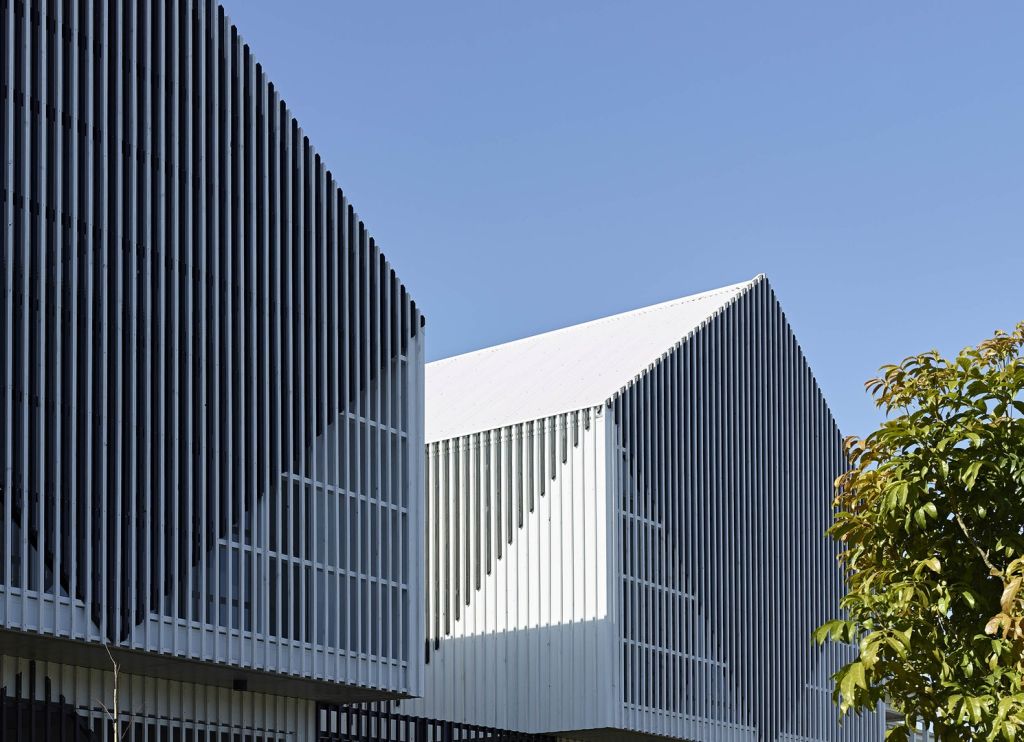
In the villa section, a small weekend retreat tucked away in the borderlands of southern Queensland (pictured, top) has already claimed three awards in the 2019 Queensland AIA awards and so much international attention for its fireproof folded steel roof that it could be a very serious contender.
On the windy, Bass Strait-exposed side of the Mornington Peninsula is another already proven winner. Austin Maynard’s small, circular and wooden two-storey “bach” is passing itself off as “an object in the landscape”, or more accurately, a “super low-maintenance, relatively self-sustaining and basic” little place in the sand dunes.
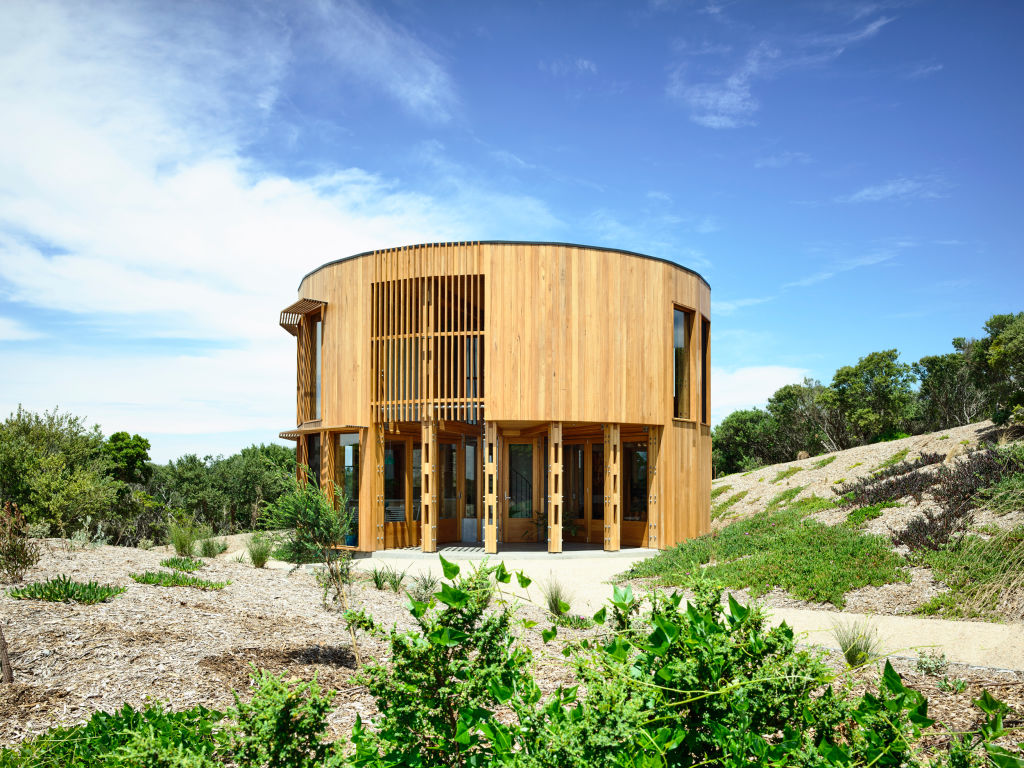
Nearby and in just as rugged a setting is another wooden beach house, but this one long and linear. It actually belongs to Nik Karalis, chief executive of Woods Bagot, the practice that has entered it into this year’s awards.
It’s not a new house but one that has been evolving through stages for 20 years, It proves, as Karalis says, “that design never rests”.
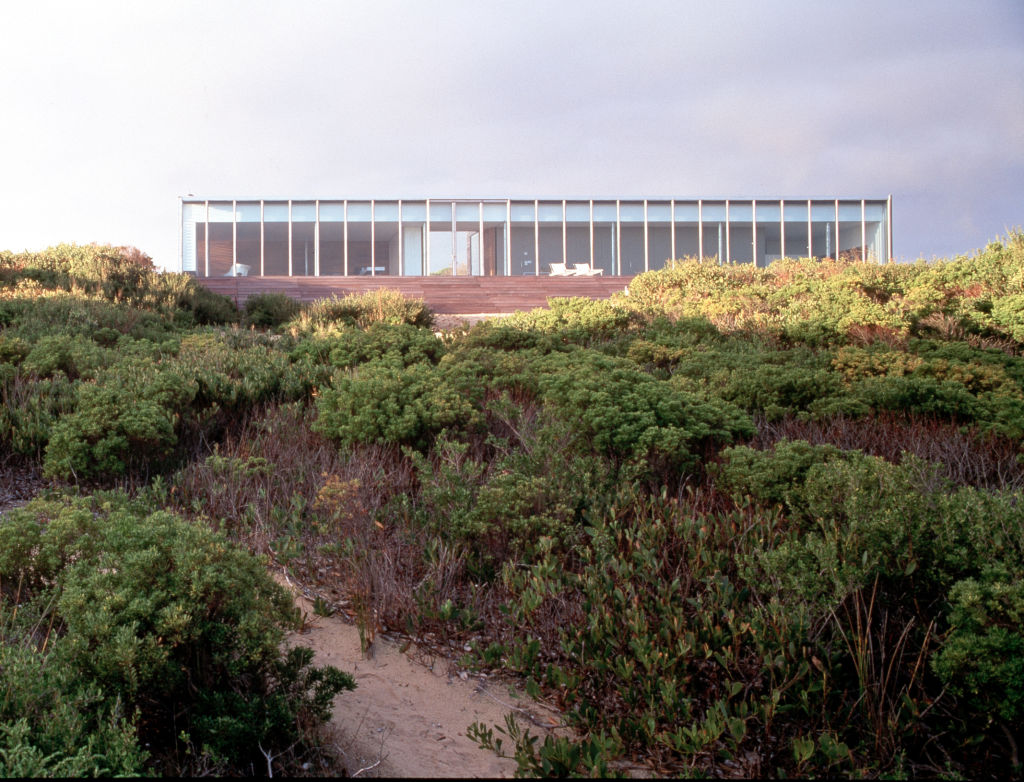
In the context of the World Architectural Festival that will take place in the first week of December in Amsterdam, and across 33 different categories and more than 1000 original entries from 70 countries, Australia is often in with a good chance in an improbable number of divisions.
But there is none where we show up as such a force to be reckoned with as these two residential sections. Watch this space.
We recommend
States
Capital Cities
Capital Cities - Rentals
Popular Areas
Allhomes
More
- © 2025, CoStar Group Inc.
